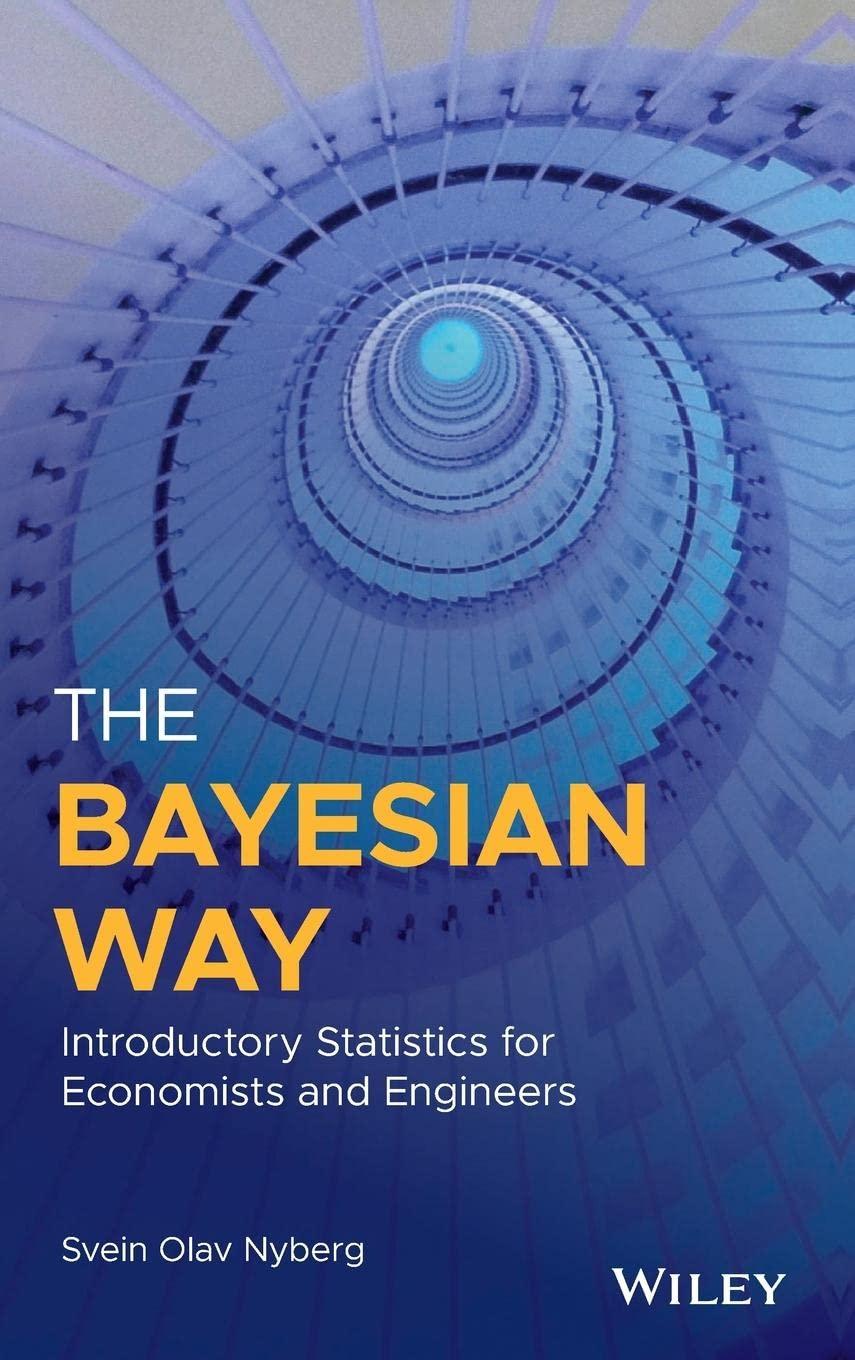You have 3 urns. In the first urn, there are 91 red and 34 blue balls. The
Question:
You have 3 urns. In the first urn, there are 91 red and 34 blue balls. The second contains 14 red and 25 blue balls, and the third has 40 red and 25 blue. You pick an urn that random.
(a) What are A1, A2, and A3?
(b) What are the prior probabilities P(A1), P(A2), and P(A3)?
(c) What are the probabilities P(R|Ak) of drawing a red ball from each urn, and what are the probabilities of blue P(B|Ak)?
(d) You now sample balls from urn 30, with replacement. Your sequence of results (we will call it S) had 20 red and 10 blue balls. Calculate the likelihoods P(S|Ak).
(e) Calculate the posterior probabilities P(Ak|S).
(f) Your pocket contains two coins, and you pick one of them. Let A1 be that you picked coin 1, and A2 that you picked coin 2.
i. What are P(A1) and P(A2) if none of the coins are preferred?
ii. Coin 1 is fair.What is P(H|A1) and P(T|A1)?
iii. Coin 2 is biased, with P(H|A2) = 0.407. What is P(T|A2)?
iv. (Bayes’ theorem) You flip the coin twice, and get tails both times.
Calculate P(TT|A1) and P(TT|A2).
v. Calculate the posterior probabilities P(A1|TT) and P(A2|TT) in a table.
vi. You flip the coin 3 more times, and get HTH. Set up a new table, using the posterior from the previous exercise as your new prior. Find the new likelihoods, and calculate the new posterior probabilities.
Step by Step Answer:

The Bayesian Way Introductory Statistics For Economists And Engineers
ISBN: 9781119246879
1st Edition
Authors: Svein Olav Nyberg





